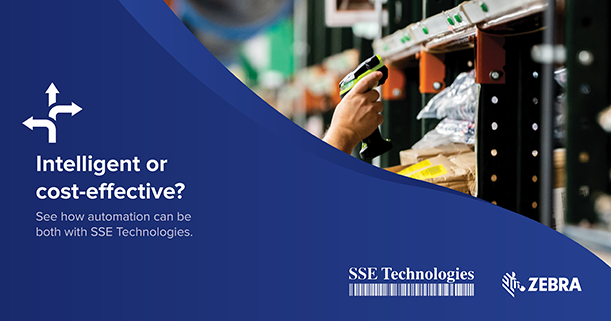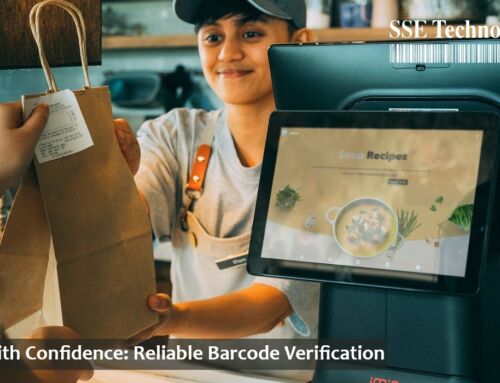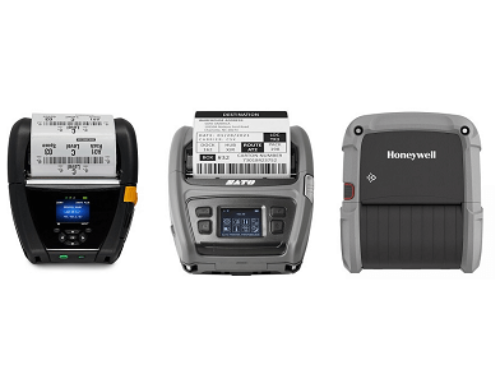Before the health crisis of 2020, labor turnover rates in warehousing were already at a backbreaking point. However, now with renewed demands for fast 3-day shipping or less, material shortages, and a greater variety of jobs in the market, labor turnover has become a top issue for warehouses across the nation, with turnover rates reaching as high as 40%. Previous studies have suggested that the cost of rehiring, training, and accommodating new employees can reach up to $7,000 per employee. Peak season hires between October and January can cost even more since customer demands tend to increase.
While there are several warehouse optimization strategies currently available to help businesses navigate around labor shortages, the concept of less-is-more has embodied most automation plans. Instead of training employees to understand several disparate devices such as handheld scanners, two-way radios, and headsets, automation experts recommend streamlining those functionalities into one user-friendly device. In the end, instead of purchasing 3 or 4 new devices per new employee, businesses only need to purchase 1 per hire, diminishing operational and maintenance costs.
Real life examples of streamlining technologies
The key to simplification is just that: Solutions must be simple to use if they are going to smoothen workflows. A few examples of this include:
- Android for Enterprise – One of the reasons Android continues to lead in intelligent automation is because of its ability to integrate several vital applications within its open app ecosystem, thus preventing extensive code rewriting and IT involvement. Furthermore, as the OS powering over 50% of consumer smartphones, Android is able to leverage interface familiarity since it resembles employees’ own personal devices. This helps diminish training times, so employees can start getting productive faster.
- Zebra’s MC9300 ultra-rugged computer – Serving a prime example of less-is-more, the MC9300 gathers vital enterprise workflows onto one Android platform. That means barcodes can be captured digitally and instantly uploaded to a WMS that’s accessible from the same terminal that uploaded them. Employees are then able to update stock counts, locate products, and even communicate with each other through push-to-talk capabilities, all through one ergonomic device.
- RFID Tracking – There was a time when RFID technologies were greeted with unease due to its delicate nature, yet years of refiniening research and development have strengthened RFID technologies to remain legible even in metal surfaces and dense materials. RFID tracking removes the hassles of manual inventory management while consolidating several barcodes with key information onto one tag. While RFID can seem more expensive upfront, it reduces labeling costs and most importantly, labor costs, becoming one of the most cost-effective and intelligent ways to gain inventory control.
As an experienced innovator, SSS Technologies is always expanding the limits of intelligent modernization with the leading players in technology development. Reach out to our specialists today for more ways you can consolidate your workflows with devices designed to thrive in today’s challenging markets.







